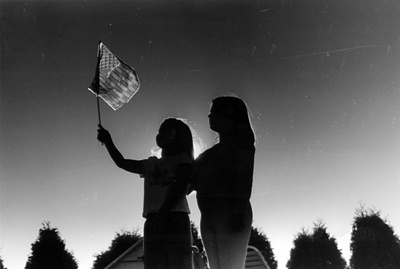All Nonfiction
- Bullying
- Books
- Academic
- Author Interviews
- Celebrity interviews
- College Articles
- College Essays
- Educator of the Year
- Heroes
- Interviews
- Memoir
- Personal Experience
- Sports
- Travel & Culture
All Opinions
- Bullying
- Current Events / Politics
- Discrimination
- Drugs / Alcohol / Smoking
- Entertainment / Celebrities
- Environment
- Love / Relationships
- Movies / Music / TV
- Pop Culture / Trends
- School / College
- Social Issues / Civics
- Spirituality / Religion
- Sports / Hobbies
All Hot Topics
- Bullying
- Community Service
- Environment
- Health
- Letters to the Editor
- Pride & Prejudice
- What Matters
- Back
Summer Guide
- Program Links
- Program Reviews
- Back
College Guide
- College Links
- College Reviews
- College Essays
- College Articles
- Back
World War 1: A Political Crusade
During the period of World War 1, America was working the “ultimate (political) progressive crusade” at the time, enthusiastically marshaling the progressive charisma of previous years in determinations to win the war, by managing economy, volunteering, and spreading U.S. patriotism.
One example illustrating the effort of the wartime stimulation was the creation by President Wilson of the War Industries Board, which played a large role in the federal government in regulating the nation’s economy and mobilizing to support the war. The WIB was soon recognized as an industrial power providing the federal government with a broader range of power, from overseeing industrial plants to acquisition of supplies, and manufacturing of wartime materials, handling as much as $14.5 billion in contracts. Further efforts toward the war included the passing of The Food and Fuel Act (1917) and Food Administration, both of which authorized the production and distribution of food and fuel materials. Also, financial labors taken to aid the war organization came in the form of government borrowing and bond drives. The business of war was essential to the war crusade, as one of the primary reasons for war was to protect financial investments made with Allied forces, and foresaw a shift to a more corporate America, relying on swifter organization, distribution, and advertising (which had sparked a greater reliance on radio.) Another component of America’s new progressive state was the power and enthusiasm for organized labor, which grew with the expansion of the economy, and curbed the more radical personality of progressivism into that of a conservative one. Not surprisingly, the war effort gained a large percentage of female supporters, many of whom worked to induce the process of female suffrage, volunteering with several drives (food, clothing, etc.), fashioning war gardens, and stepping in to take over the labor force, replacing men who stepped out to fight in the war. Women’s Suffrage gained power combining patriotism and feminism, as more and more women filled roles traditionally held by men (factory workers, drill operators, breadwinners, etc.) and establishing Women in Industrial Service, while also shaped standards for female labor treatment. Women providing a key role in war effort and were rewarded in 1920 with the passing of Nineteenth Amendment, that granted women the national right to vote. Further reforms also included the Prohibition movement, and government involvement with public health issues, calling attention to the Red Cross, and epidemics, like influenza. Thus, this period of American history could be called one of the most “ progressive crusades.”

Similar Articles
JOIN THE DISCUSSION
This article has 0 comments.
